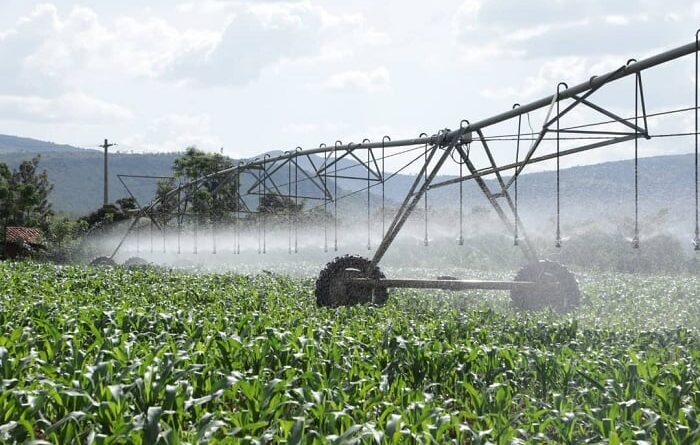Nyagatare: Farmers call on the government for more support in irrigating their crops
In various parts of Nyagatare District, farmers whose crops have managed to grow have begun weeding. However, compared to how crops usually look around March and April, the current situation is concerning.
“By now, the earliest planters should have maize that is starting to develop cobs, but as you can see, those who planted early are only at the weeding stage.”
Some farmers near water sources have been able to irrigate their crops, giving them hope for a good harvest. However, irrigation is not accessible to everyone due to financial constraints.
“We are not far from a water source, but the issue is the resources needed.”
The farmers we found near the water source are calling on the government to help provide irrigation equipment at a subsidized cost so they can save their crops.
“We are facing a challenge. You see that there is a water source just downhill. If we had the necessary equipment, we could use it to bring water to our fields and improve our harvest.”
“We are close to water; I have almost a whole hectare. Everything is drying up. I tried replanting, but even the new crops are weak. What we need is subsidized irrigation equipment like pumps and pipes to bring water to our crops.”
In Nyagatare, rainfall has been unreliable, and it started late this season.
“It’s already April. Even if it starts raining now, can we trust it will be enough? It’s hard to be certain. At this stage, our crops need irrigation, and if rain comes, it will only be an additional benefit.”
Since the beginning of the 2024-2025 fiscal year, 73 irrigation pumps have been distributed to farmers in the district.
The district’s vice mayor in charge of economic development, Matsiko Gonzaghe, reassured farmers that more irrigation equipment is available and explained how they can access it.
“As a district, we have equipment, though we can’t say we have enough to meet all needs. However, what we do have can provide relief. Farmers facing challenges should reach out to local authorities so we can find ways to help. We also encourage our farmers to look for solutions within their own means.”
Farmers in highland areas, in particular, have been advised to grow crops with shorter maturity periods. In this 2025B agricultural season, over 40,000 hectares have been cultivated in Nyagatare, including more than 20,000 hectares of beans.
Since the government introduced a subsidy program for agricultural and livestock equipment in 2015, over 3,000 farmers in Nyagatare have benefited from it.
So far, this initiative has received an investment of over 1.8 billion Rwandan Francs, according to the district administration.
Greenafrica.rw

